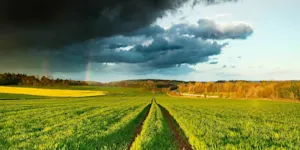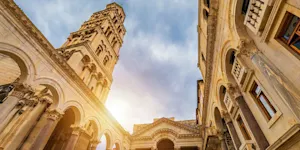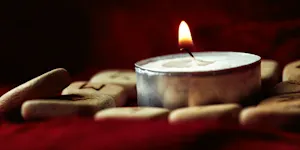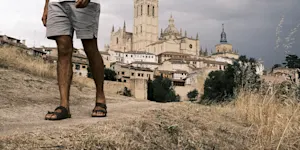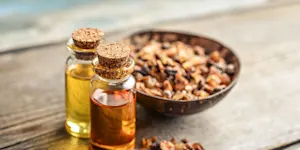What Makes This Word Tick
Ah, ocher! It's not just a color; it's a warm, earthy hug for your eyes. This pigment resides somewhere between golden-yellow and reddish-brown on the color wheel. Nature loves it — think autumn leaves, golden sunsets, and rich earthen clay.
If Ocher Were a Person…
Imagine ocher as a seasoned artist with a love for the rustic charm of the countryside. They'd wear well-lived-in corduroy jackets and love a good cup of herbal tea while sketching in their notebook beneath an ancient oak tree. Ocher would have a penchant for history, with a soothing and timeless aura.
How This Word Has Changed Over Time
Ocher traces its origins to the Greek word "ōchros," meaning pale. Over the centuries, its usage has wandered through languages and cultures, resting now in our creative lexicon as both a color and a natural pigment. Today, it’s cherished for its rich, earthy serenity in art and design.
Old Sayings and Proverbs That Use Ocher
While no ancient adage directly uses "ocher," the essence of depth and maturity evokes wisdom akin to "age is just a number" or "there’s no substitute for experience." Ocher embodies a worldview that treasures time-honored truths and storied landscapes.
Surprising Facts About Ocher
Did you know ocher has been used as a pigment since prehistoric times? Ancient cave paintings, like those in Lascaux, France, relied on it. Its natural, non-toxic properties also made it a go-to for ancient body paint and early artwork.
Out and About With This Word
Ocher isn't just about art supplies. You might find it transitioning the seasons in your local park’s foliage. Landscapers and designers love incorporating its tones to bring warmth and coziness. And who could forget its occasional debut in fashion's autumn collections?
Pop Culture Moments Where Ocher Was Used
In movies, ocher often sets the scene for nostalgia — think Wes Anderson films with their meticulous color palettes. Art directors use ocher to evoke warmth and reinforce the period setting, making it a favorite for cozy, introspective dramas.
The Word in Literature
Ocher bleeds into literature with the ease of a watercolor brush. In novels, it often describes a setting steeped in autumn hues or ancient tales. It conjures images of nostalgia-laden roads that protagonists travel down in stories by authors like Kazuo Ishiguro or Marilynne Robinson.
Moments in History with Ocher
Imagine prehistoric artists carefully grinding ocher to paint the stories of their hunts on cave walls. It’s a pigmentality rooted in human expression, gathered from the earth, destined to outlast fleeting modernity. Ocher’s historic richness offers a glimpse into early human creativity.
This Word Around the World
While ocher may be universal in its pigmentary role, its significance varies. In Aboriginal cultures, ocher embodies sacred traditions and storytelling. In India, it represents spiritual calm in temples and sacred art. Globally, its presence is both artistic and deeply cultural.
Where Does It Come From?
Ocher’s journey begins deeply rooted in iron-rich soils. Naturally occurring, it is refined from these earths, ranging in shade from vibrant yellows to deep browns. Its presence in the natural world makes it an environmentally harmonious pigment of choice.
How People Misuse This Word
Occasionally, ocher gets mistaken for similar hues like tan or burnt sienna. But ocher stands apart with its unique warmth and historical significance, often underappreciated by those unfamiliar with its storied past and vibrant presence.
Words It’s Often Confused With
Sienna: While sienna is also an earth tone, it tends to have a deeper red or orange tint compared to ocher’s more yellowish hue.
Umber: Another earth pigment, umber has a darker, more olive-green undertone than ocher.
Terracotta: Generally refers more to clay and pottery, though similar in color, terracotta leans toward a redder hue.
Additional Synonyms and Antonyms
Synonyms for ocher might include "amber," "mustard," and "sand." In contrast, its antonyms could be "cool," "blue," and "icy," reflective of its warm, inviting nature.
Want to Try It Out in a Sentence?
"The artist’s studio was filled with canvases brushed in ocher, each imbued with a warmth that seemed to whisper tales of rustic splendor and forgotten lands."



